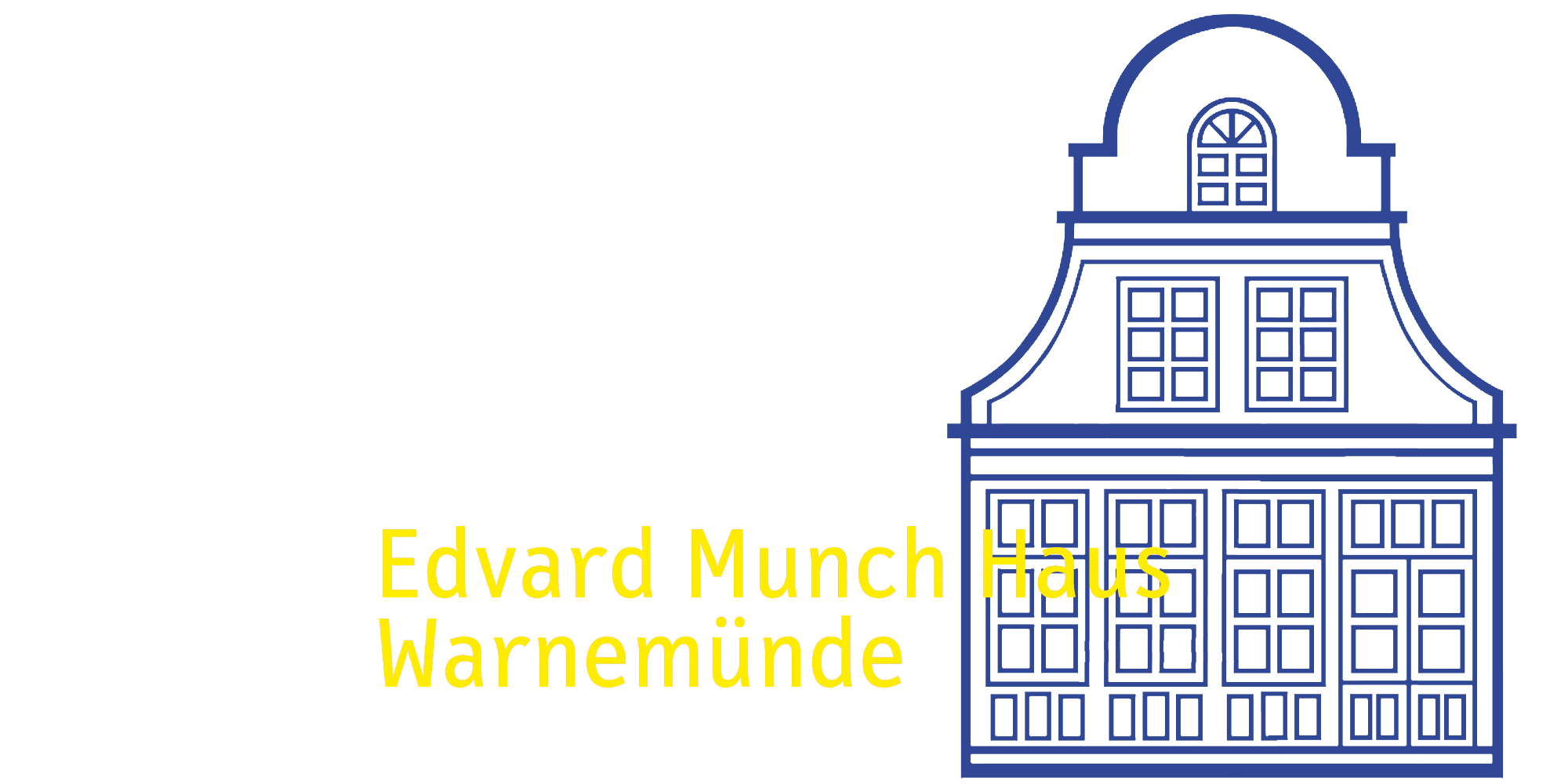
Mathilda Augart, Emma Brunet, Lisa Buffagni, Yan Chmarau, Bimal Fabbri, Kurt Fritsche, Joshua Gottmanns, Yunsun Kim, Mano Leyrado, Noah Lübbe, Noomi Pyk, Belen Resnikowski, Sigune Roloff, Anabel van Tilborg, Fred Unruh, Julius Voigt, Anna Zachariades
Students in the sculpture class of Albrecht Schäfer and Antje Engelmann at the Weißensee School of Art respond to the productivity of the Norwegian artist Edvard Munch with their works on paper.
Exhibition opening: Friday, 17 June 19 - 21 h
Opening Hours:
18 June - 31 July 2022, Thursday to Sunday, 12-17 hrs
The students write about their project:
5000 Pages.
What makes a sheet of paper a page?
A sheet has two sides. Really?
Is the page the sheet provided with information or already the information itself? 5000, roughly the number of pages that Edvard Munch is said to have described, inscribed, painted, used and left to posterity in fragmentary form during his stay in Warnemünde in 1907/08. Where does such a page begin, where does it end? Every morning he is said to have produced vast numbers of pages. Among them letters to relatives, acquaintances, friends and colleagues, loose notes, scribbles, gestures.
What are these 5,000 pages compared to the sheer mass of information we type and speak into our computers and phones day after day, which we discard like ballast and pile up elsewhere, as it were, minute-long monologues and memos that we send around the world in the form of voice messages? How much have you commented, formulated and paraphrased today? How many pages does your thinking fill every day?
In the post-post-modern discourse, we in the arts have our backs to the wall. Between gloomy scenarios of an imagined supercollapse, which the baby boomers and Gen-X unimaginatively conjure up, and the pale castles in the air of already conceived utopias, sometimes bizarre chimeras of aesthetic trash and weighty content develop. More than ever, art historians legitimise art politically or theoretically.
And what are we doing?
As students of the liberal arts, we find ourselves feeling - sometimes more sometimes less - in the eye of the storm of these struggles to define the meaning of art in the late capitalism of the 21st century. The very notion of sculpture could not be more distorted. It sends the post-Bourgeois audience into romantic reverie over bodies made of Carrara marble, and it sometimes leaves us sculptors in need of explanation when we try to create an image with precarious materials, found objects and fleeting projections.
-
Which side are we on? Which page can still be turned here and how? As if by magic, Munch now gives us back a simple principle of art and challenges us with it.
5000 Pages.
What potential do these pages hold and how do they become? With the graphite pencil on the blank page, with the camera, with maché, with small or large gestures, we approach. Through an act of description that becomes our own. Or not. With Munch and perhaps also partly against him. How do we deal with this spirit, how do we inherit it? "We must take on the legacy [of Munch], we must take on the 'liveliest' of it, that is, paradoxically, that of it which has never ceased to pose the question of life, the question of the ghost or the ghostly, the question of life-and-death beyond the opposition of life and death." (Derrida)
We accept the challenge and the invitation and sincerely thank those responsible at the Edvard Munch House in Warnemünde for this opportunity.
